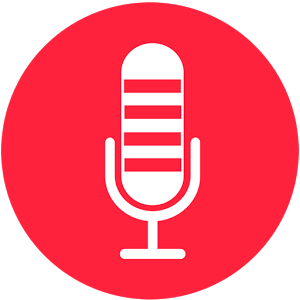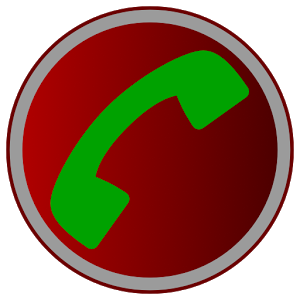Logging the IP addresses of users that access certain websites is commonly called "webtapping".
Webtapping is used to monitor websites that presumably contain dangerous or sensitive materials, and the people that access them. Though it is allowed by the USA PATRIOT Act, it is considered a questionable practice by many citizens, if not an all-out violation of civil liberties.




